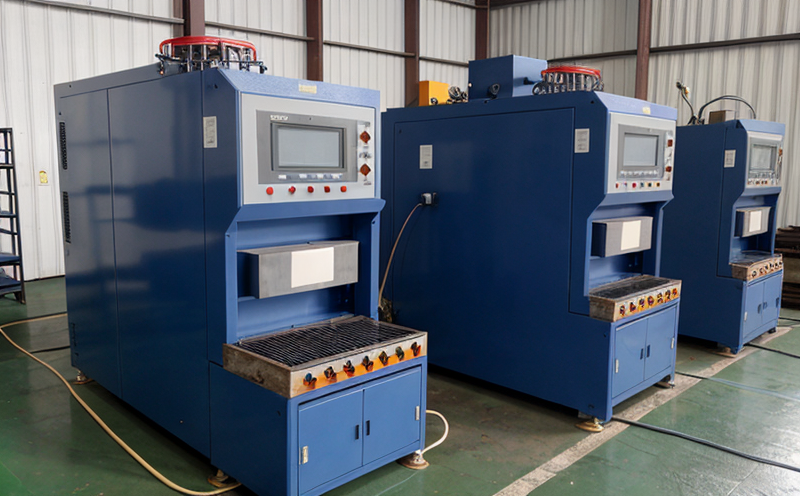IEC 62021 Acidity in Electrical Liquid Inputs Testing
The IEC 62021 standard is crucial within industrial manufacturing and processing testing, specifically focusing on the quality control of electrical liquid inputs. This test measures acidity levels to ensure that electrical liquids meet stringent international standards for use in high-performance applications.
Electrical liquids are critical components used in various sectors such as power generation, distribution, and transmission systems. These fluids serve multiple functions including insulation, heat dissipation, and arc quenching. Ensuring the quality of these inputs is paramount to prevent system failures, enhance efficiency, and ensure compliance with regulatory standards.
The testing process involves several key steps. Initially, a representative sample of the electrical liquid is taken according to standard practices. The sample must be free from contamination and accurately reflects the batch it represents. This ensures that the test results are reliable and indicative of the entire batch's quality.
The acidity level is determined using precise analytical techniques such as titration or potentiometric measurement, depending on the specific requirements outlined in IEC 62021. These methods provide accurate quantification of acidic components present in the liquid, which can significantly impact its performance and longevity within electrical systems.
Once the sample is prepared and tested, detailed reports are generated outlining the results. Compliance with IEC 62021 ensures that the acidity levels fall within acceptable limits, thereby safeguarding against potential risks associated with excessive acidity. This includes reducing the risk of corrosion, ensuring optimal heat transfer properties, and enhancing overall system reliability.
Incorporating this test into your quality assurance protocols is essential for maintaining high standards in electrical liquid inputs across various industries. By adhering to IEC 62021, you not only comply with international regulations but also contribute towards the longevity and efficiency of the systems utilizing these liquids. The rigorous testing process helps identify any deviations from standard specifications early on, allowing for corrective actions to be taken promptly.
Moreover, this test plays a vital role in maintaining environmental sustainability by ensuring that used or waste electrical liquids are managed appropriately. Accurate knowledge of acidity levels facilitates proper disposal methods and recycling processes, reducing the ecological footprint associated with improper handling.
- Why Choose This Test?
- Ideal for industries relying heavily on high-performance electrical systems.
- Ensures compliance with international standards ensuring reliability and safety.
- Facilitates early detection of quality issues, preventing costly downtime.
- Quality and Reliability Assurance
- Demonstrates commitment to maintaining consistent product quality.
- Aids in identifying potential risks associated with acidity levels.
- Supports long-term sustainability by promoting proper handling practices.
In conclusion, IEC 62021 Acidity in Electrical Liquid Inputs Testing is an indispensable tool for any organization aiming to uphold the highest standards of quality and reliability. By integrating this testing into your operational procedures, you can confidently ensure that all electrical liquid inputs meet stringent international requirements.





